Anthropology Special Event Archive
-
2020 Schedule
-
Gigi Taylor | Anthropology for business vs. anthropology of business: Reflections on consumer, organizational, and design anthropology
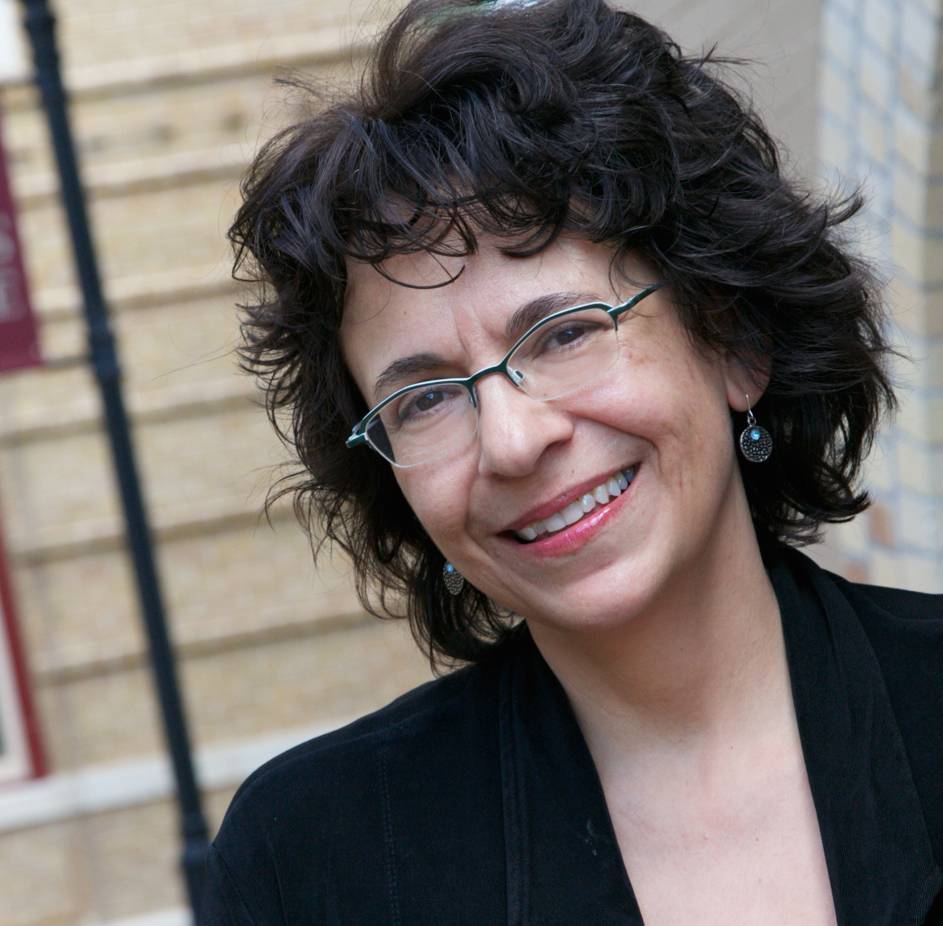 Speaker: Gigi Taylor | Cultural Anthropologist, Indeed, Austin, TX
Speaker: Gigi Taylor | Cultural Anthropologist, Indeed, Austin, TX
Date/Time: Friday, February 7, 2020 | 3:00 pm
Location: Evans Liberal Arts 114Business anthropology is a well-established subfield within the discipline of cultural anthropology. Using both anthropological theory and ethnographic methods, business anthropologists help clients understand the cultural context of consumers, organizations and products. Business anthropologists can be found working in public, private and non-profit organizations as well as in academia. In this talk, I first introduce and provide disciplinary context for the three specializations of business anthropology-consumer, organizational and design. I then illustrate each specialization using various case studies from previous client projects across industries. Special emphasis will be placed on deconstructing the practice of culturally based UX (user experience) research. Next, I discuss the value of interpretive and symbolic anthropological theories in business anthropology. I close with a reflection on conducting anthropology for business vs. anthropology of business to illustrate the contribution of business anthropology to a literature of practice.
-
Anthropology Department Brown Bag | Dr. Jill Pruetz and Dr. Jodi Jacobson
Get to Know the Faculty Brown Bag Lecture Series
Speakers:
- Dr. Jill Pruetz | Pan the Hunter: Female Chimps in Senegal Hunt and Provision Others
- Dr. Jodi Jacobson | My Dog Ate My Bone Tool: Domesticated Dog Evidence at an Archaeological Site in Central Texas
Filmed | Friday, September 18, 2020
-
Anthropology Department Brown Bag | Dr. Kent Reilly
Get To Know The Faculty Brown Bag Lecture Series
Dr. Kent Reilly
Recovering Ancient Spiro: Native American Art, Ritual and Cosmic Renewal on the Paths of Souls Our next faculty brown bag will take place next Friday, October 23 from 12:00-1:00 pm via Zoom. This time we will be hearing from Dr. Kent Reilly who will be giving the talk: "Recovering Ancient Spiro: Native American Art, Ritual, and Cosmic Renewal."
Our next faculty brown bag will take place next Friday, October 23 from 12:00-1:00 pm via Zoom. This time we will be hearing from Dr. Kent Reilly who will be giving the talk: "Recovering Ancient Spiro: Native American Art, Ritual, and Cosmic Renewal."Filmed | Friday, October 23, 2020
-
Anthropology Department Brown Bag | Dr. Nick Herrmann and Dr. Emily Brunson
Get To Know the Faculty Brown Bag Lecture Series
Speakers
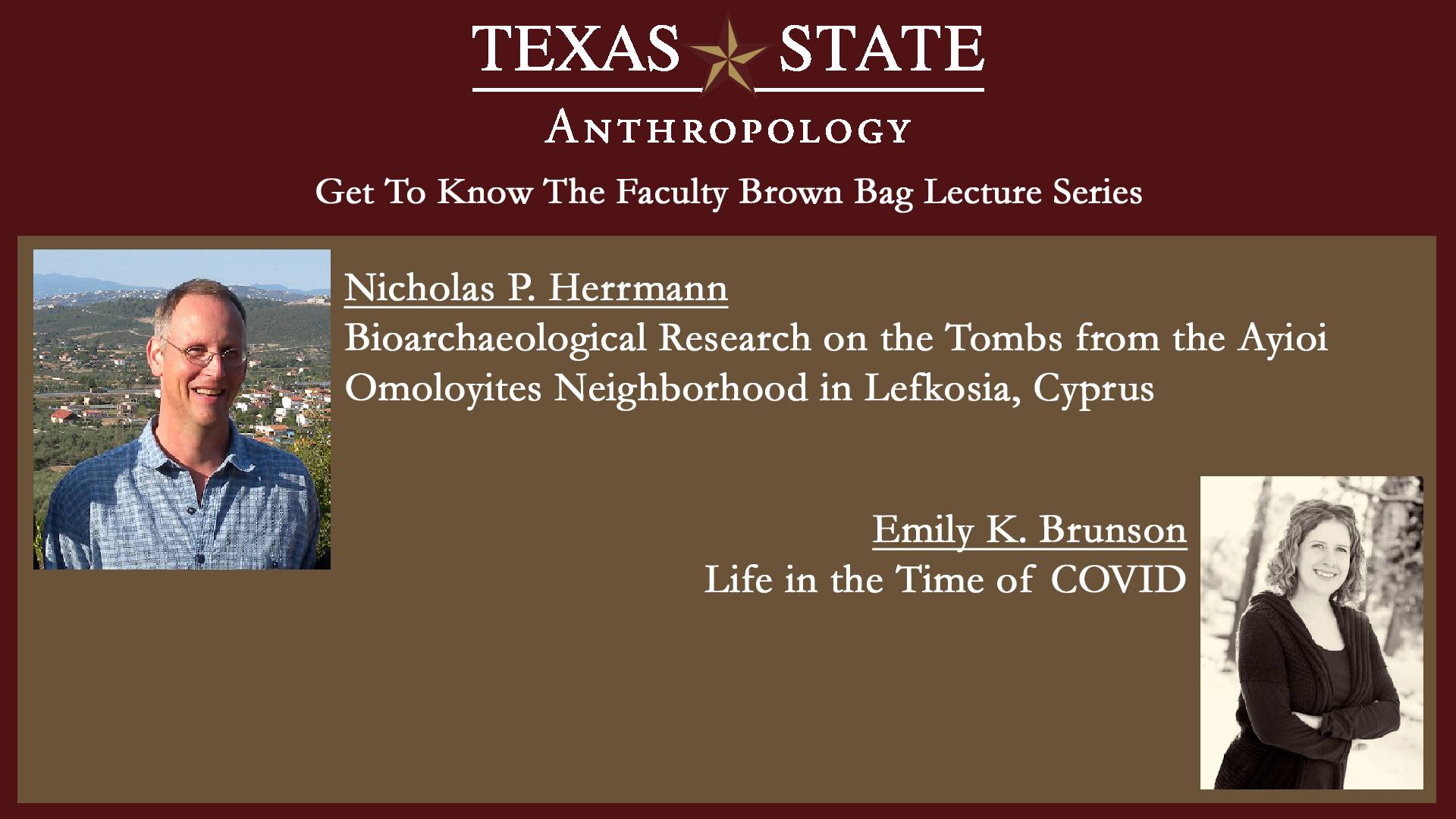
- Dr. Nick Herrmann | Bioarchaeological Research on the Tombs from the Ayioi Omoloyites Neighborhood in Lefkosia, Cyprus
- Dr. Emily Brunson | Life in the Time of COVID
Filmed | Friday, November 20, 2020
-
-
2019 Schedule
-
Christina Conlee | Ancient Colonialism in the Andes
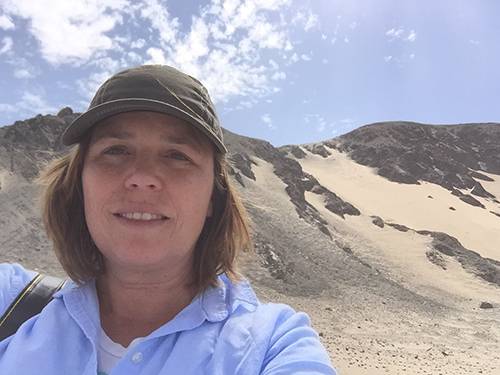
Speaker: Christina Conlee | Texas State University
Date/Time: Friday, September 13, 2019 | 3:00 pm
Location: Evans Liberal Arts 114Wari (AD 650-1000) was the first empire in South America and one of the earliest in the Americas. Based in the central highlands of the Andes, the Wari expanded into most of the coastal and highland regions of modern Peru. They built a road system, used quipus (a string and knot recording device), established a series of colonies, created vast trade networks, and spread a powerful religion. New research at the coastal desert site of Huaca del Loro (Temple of the Parrot) in Nasca, Peru is providing insights into how and why this ancient empire expanded, and how local people responded to, resisted, and were integrated into this state.
-
Mariela Nuñez-Janes | When Ethnography Matters: Reflections on Research and Teaching with Digital Storytelling
Speaker: Mariela Nuñez-Janes | Associate Professor, Department of Anthropology, The University of North Texas
Date/Time: Friday, April 5, 2019 | 3:00
Location: ELA 114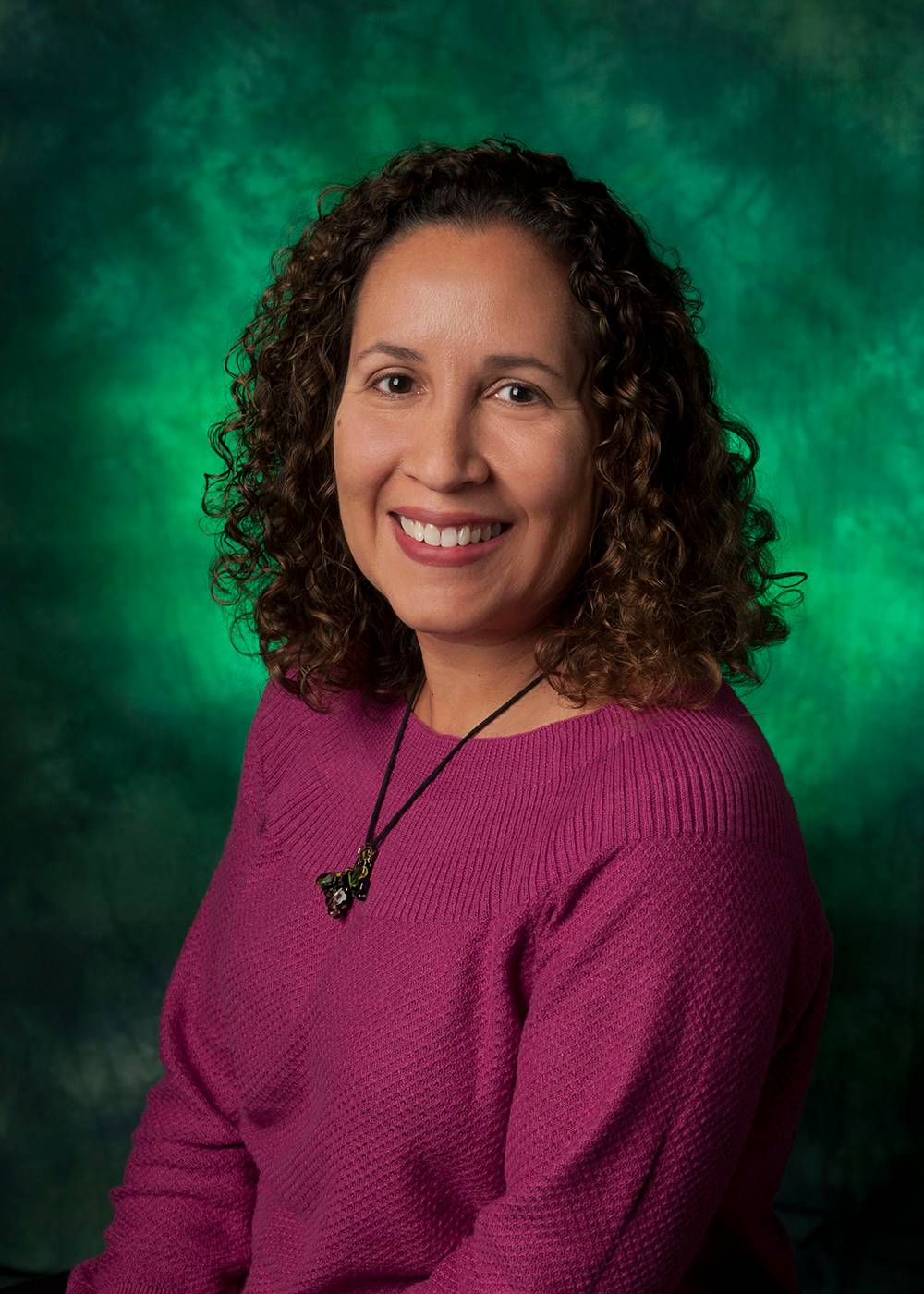 Media plays a big part in our contemporary lives. It allows us to connect, imagine, transform. Media yields part of its power from the ability to tell richly layered stories. In anthropology, stories play a crucial role in ethnographic inquiry. Through a variety of tools anthropologists are able to capture stories and share the world as seen from someone else’s point of view. Yet in the process of recording, interpreting, and sharing stories anthropologists often take a leading role. What happens when media and storytelling combine in a collaborative process guided by both anthropologists and participants? What are the implications for making anthropology matter in the classroom and beyond? I draw on my research and teaching with digital storytelling, particularly my co-edited volume with Aaron Thornburg and Angela Booker Deep Stories: Practicing, Teaching and Learning Anthropology with Digital Storytelling, to discuss its potential for an anthropology that matters to youth and novice students in the discipline. I argue that digital storytelling allows anthropologists to intentionally tap into a relational space or mutuality (Sanjek 2015) offering opportunities for human connection and change. I highlight my work with youth through the IamWe program to illustrate the intersections of media and storytelling in creating spaces to think and act among high school students. I also reflect on my teaching to illustrate how digital storytelling makes ethnography alive for upper division undergraduate students. Finally, I conclude with some reflections from my work with undocumented youth activists to show the importance of storytelling through media when action is necessary and urgent.
Media plays a big part in our contemporary lives. It allows us to connect, imagine, transform. Media yields part of its power from the ability to tell richly layered stories. In anthropology, stories play a crucial role in ethnographic inquiry. Through a variety of tools anthropologists are able to capture stories and share the world as seen from someone else’s point of view. Yet in the process of recording, interpreting, and sharing stories anthropologists often take a leading role. What happens when media and storytelling combine in a collaborative process guided by both anthropologists and participants? What are the implications for making anthropology matter in the classroom and beyond? I draw on my research and teaching with digital storytelling, particularly my co-edited volume with Aaron Thornburg and Angela Booker Deep Stories: Practicing, Teaching and Learning Anthropology with Digital Storytelling, to discuss its potential for an anthropology that matters to youth and novice students in the discipline. I argue that digital storytelling allows anthropologists to intentionally tap into a relational space or mutuality (Sanjek 2015) offering opportunities for human connection and change. I highlight my work with youth through the IamWe program to illustrate the intersections of media and storytelling in creating spaces to think and act among high school students. I also reflect on my teaching to illustrate how digital storytelling makes ethnography alive for upper division undergraduate students. Finally, I conclude with some reflections from my work with undocumented youth activists to show the importance of storytelling through media when action is necessary and urgent.
-
-
2018 Schedule
-
Corey Sparks | Poverty and Female Homicide in Mexican Municipalities: A Bayesian Spatio-Temporal Analysis
 Speaker: Corey Sparks | Associate Professor, College of Public Policy, The University of Texas at San Antonio
Speaker: Corey Sparks | Associate Professor, College of Public Policy, The University of Texas at San Antonio
Date/Time: Friday, March 9, 2018 | 3:00 pm
Location: Evans Liberal Arts 114The most condemnable expression of gender inequality is, without a doubt, violence against women, and the most extreme case of violence against women is homicide. Studies have shown a narrow relationship between poverty and violence. Using data from several official Mexican sources, we estimate Bayesian spatio-temporal generalized linear mixed models to understand the association between poverty and female homicide in Mexican municipios between 1990 and 2010. We find support for our research hypotheses that significant geographic clustering of female homicide exists in Mexico, and that the spatial patterns are persistent over time. Related to the risk of mortality, poverty shows significant associations, indicating support for our other hypothesis that poverty and female homicide are related, net of other controls, and that these effects are especially strong in remote areas with high poverty rates.
-
Kevin Groark | Specters of Social Antagonism: The Cultural Psychodynamics of Aggression Dreams among the Highland Maya
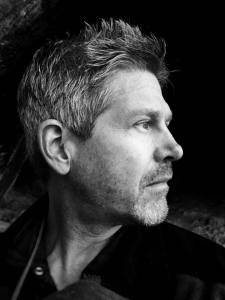 Speaker: Dr. Kevin Groark | Assistant Professor in the Department of Anthropology at Macquarie University (Sydney, Australia) and Adjunct Faculty/Psychoanalytic Associate at New Center for Psychoanalysis in Los Angeles, CA. He holds dual Ph.D.s in Anthropology and Psychoanalysis, and his current research focuses on ethnomedicine, dream experience, intersubjectivity, emotion culture, and the integration of psychoanalysis, anthropology, and social theory.
Speaker: Dr. Kevin Groark | Assistant Professor in the Department of Anthropology at Macquarie University (Sydney, Australia) and Adjunct Faculty/Psychoanalytic Associate at New Center for Psychoanalysis in Los Angeles, CA. He holds dual Ph.D.s in Anthropology and Psychoanalysis, and his current research focuses on ethnomedicine, dream experience, intersubjectivity, emotion culture, and the integration of psychoanalysis, anthropology, and social theory.
Date/Time: Monday, April 2, at 2:00pm
Location: Evans Liberal Arts, Room 245Dr. Groark presents an analysis of pathogenic "aggression dreams" among the highland Maya of San Juan Chamula (Chiapas, Mexico), exploring the complex connections among sickness, interpersonal aggression, ideologies of social antagonism, and the spectral phantasies that shadow these social phenomena. Building on this ethnographic foundation, he develops a "cultural psychodynamic" account, arguing that the aggression dream serves as an experience structure in which inner and outer realities become deeply interwoven, often resulting in an increased sense of insecurity and existential threat. The paper closes with reflections on the need for an "anthropological metapsychology" that integrates phenomenology, ethno-ontology, and broader "cultural psychodynamic" processes.
-
Louie Dean Valencia-García | Clashing with Fascism: Antiauthoritarian Youth Culture in Franco’s Spain
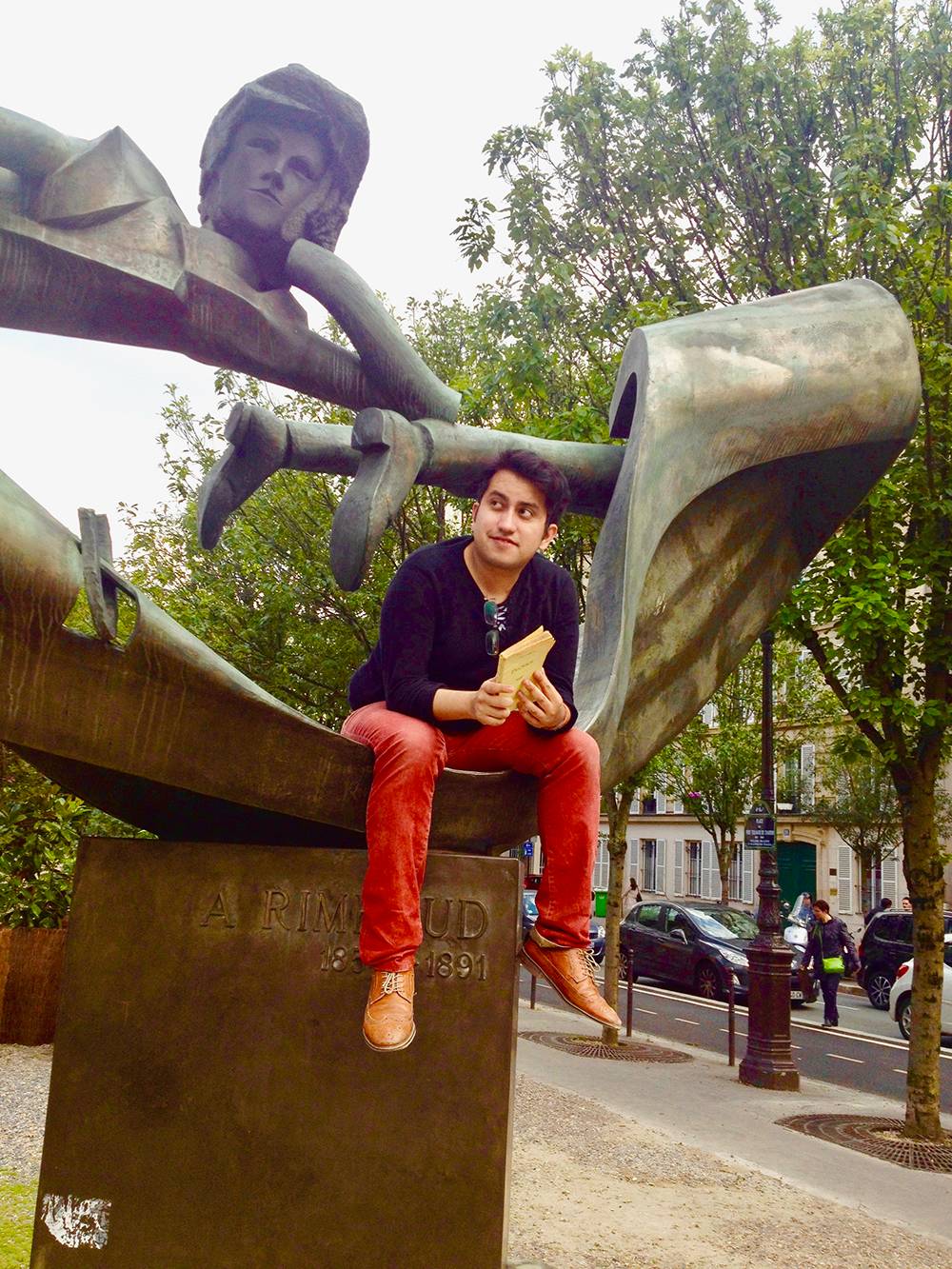 Speaker: Louie Dean Valencia-García | Assistant Professor, Department of History, Texas State University
Speaker: Louie Dean Valencia-García | Assistant Professor, Department of History, Texas State University
Date/Time: Friday, April 20, 2018 | 3pm
Location: Evans Liberal Arts 114In 1978, after forty years of dictatorship, Madrid became the center of both a young democracy and a vibrant artistic scene. By the early 1980s, young Spaniards occupied public plazas, subverted Spanish cultural norms, and undermined the authoritarian state by participating in a postmodern punk subculture that became known as the “Movida madrileña.” By examining a wide range of sources culled from government archives, school textbooks, comics, oral histories, nightclubs, and fanzines, this project demonstrates ways in which an antiauthoritarian youth culture developed and describes how young people came to clash with Spanish fascism.
-
Marcus J. Hamilton | The Evolution of the Human Ecological Niche
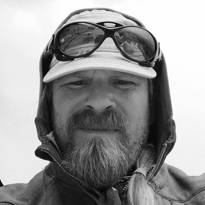 Speaker: Marcus J. Hamilton | Associate Professor, University of Texas at San Antonio | Santa Fe Institute
Speaker: Marcus J. Hamilton | Associate Professor, University of Texas at San Antonio | Santa Fe Institute
Date/Time: Friday, November 9, 2018 | 3:00 pm
Location: Evans Liberal Arts 114The human species has evolved a wide diversity of lifestyles, from hunting and gathering to trading stocks on Wall Street. Consequently, the human species occupies an enormous ecological niche, encompassing most environments on the planet, and accessing a variety of energy sources. While human ecology has evolved over millions of years, the diversity of human ecologies we see now has evolved only quite recently. In this talk I discuss my research into the evolution of human ecology. I use data and mathematical models to understand how energy and information flow through social networks and interact with each other to create the human ecological niche. In essence, humans form groups that share information to extract energy from their environments more efficiently than other species, and we now have data and theory that explains how this happens.
-
Carolyn Boyd | The White Shaman Mural: An Enduring Creation Narrative in the Rock Art of the Lower Pecos
 Speaker: Carolyn Boyd | Shumla Endowed Research Professor Research Associate Professor Archaeology, Texas State University
Speaker: Carolyn Boyd | Shumla Endowed Research Professor Research Associate Professor Archaeology, Texas State University
Date/Time: Friday, October 12, 2018 | 3:00 pm
Location: Evans Liberal Arts 114The prehistoric hunter-gatherers of the Lower Pecos Canyonlands of Texas and Coahuila, Mexico, created some of the most spectacularly complex rock art of the ancient world. Perhaps the greatest of these masterpieces is the White Shaman mural, an intricate painting that spans some twenty-six feet in length and thirteen feet in height on the wall of a shallow cave overlooking the Pecos River. In The White Shaman Mural, Carolyn E. Boyd takes us on a journey of discovery as she builds a convincing case that the mural tells a story of the birth of the sun and the beginning of time—making it possibly the oldest pictorial creation narrative in North America.
Unlike previous scholars who have viewed Pecos rock art as random and indecipherable, Boyd demonstrates that the White Shaman mural was intentionally composed as a visual narrative, using a graphic vocabulary of images to communicate multiple levels of meaning and function. Drawing on twenty-five years of archaeological research and analysis, as well as insights from ethnohistory and art history, Boyd identifies patterns in the imagery that equate, in stunning detail, to the mythologies of Uto-Aztecan speaking peoples, including the ancient Aztec and the present-day Huichol. This paradigm-shifting identification of core Mesoamerican beliefs in the Pecos rock art reveals that a shared ideological universe was already firmly established among foragers living in the Lower Pecos region as long as four thousand years ago.
-
-
2017 Schuedule
-
R. Alan Covey | Gender and Power in the Inca Empire: The Aqllawasi Complex at Huánuco Pampa, Peru
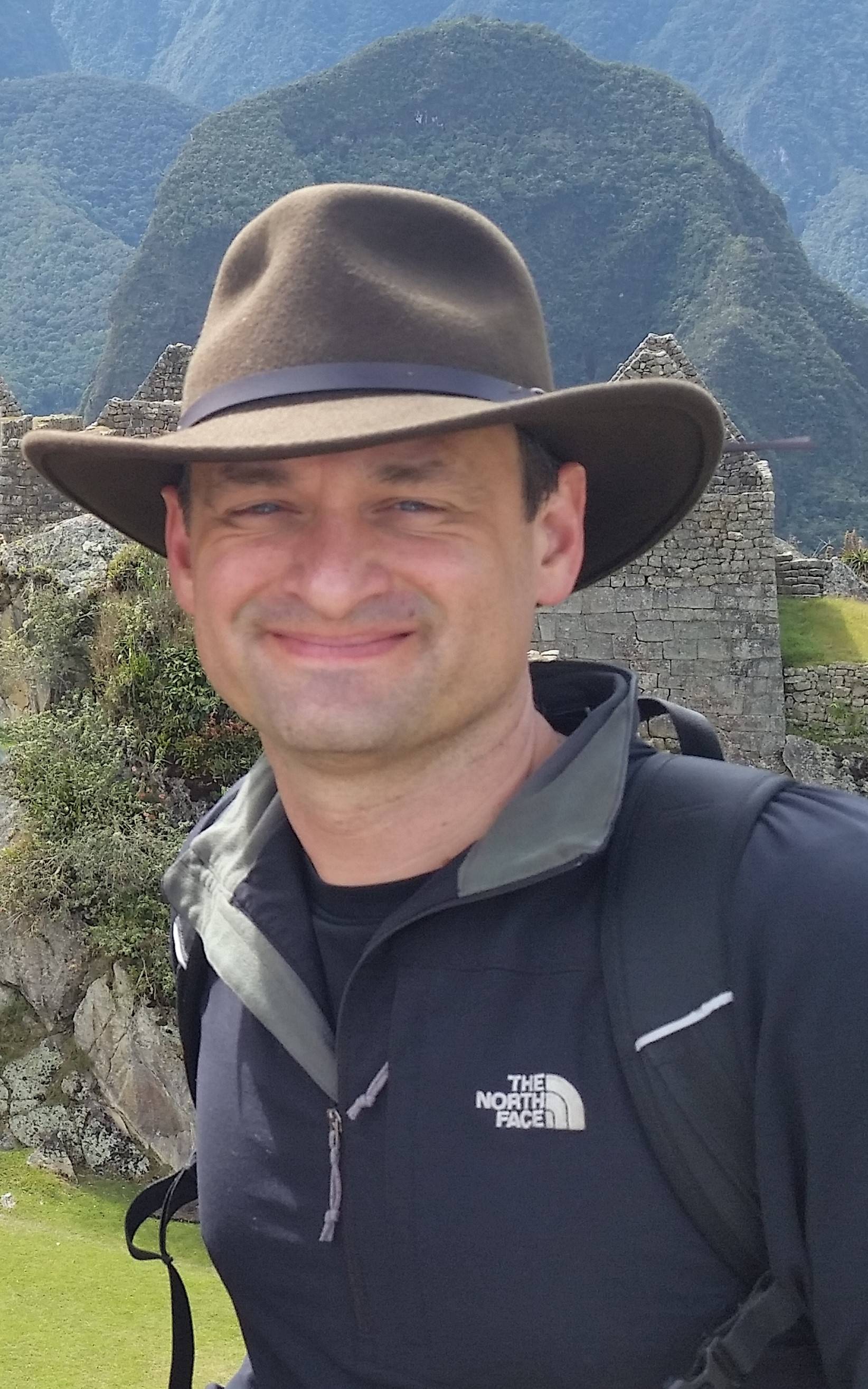
Speaker: R. Alan Covey | Professor, Department of Anthropology, University of Texas, Austin
Date/Time: Friday, November 10, 2017 | 3pm
Location: Evans Liberal Arts 114Although the invading Spaniards had a hard time recognizing it, state power in the Inca Empire (c. 1400-1530s) flowed through gendered networks, drawing on the skills of men and women. A hierarchy of male officials (kuraka) dominated military and political arenas, sustained by female officials who also served in prominent religious roles. The Incas did not provide formal training for their male officials, but they built cloisters called aqllawasi (“house of the chosen”) to develop the skills of provincial girls and channel them into state service. This talk will begin with an overview of the Colonial accounts of the aqllawasi and the scale at which this state institution functioned. It will then turn to the highland provincial center of Huánuco Pampa, where the archaeologist Craig Morris excavated extensively within a well-preserved aqllawasi complex during the 1970s. Although the material evidence indicates that the aqllawasi complex was distributed less widely than some Colonial authors suggest, there is reason to believe that the women who controlled the institution also played active roles in the key performances of provincial administration.
-
Mimi Nichter | Building Capacity for Tobacco Cessation in India, Indonesia, and Turkey: From Formative Research to Clinic and Community-Based Interventions

Speaker: Mimi Nichter | Professor, University of Arizona, School of Anthropology
Date/Time: Friday, September 15, 2017 | 3pm
Location: Evans Liberal Arts 114While smoking prevalence has been on the decline in many high-income nations, this is not the case in low- and middle-income countries that are the target of the transnational tobacco companies. In this presentation, I briefly highlight the global burden of tobacco to explore why this topic remains central to global public health. Drawing on over a decade of research in India, Indonesia and Turkey, I consider the role that anthropology can play in developing and implementing tobacco cessation programs in diverse cultural contexts. Data are drawn from Project Quit Tobacco International (QTI), an ongoing research initiative that has conducted formative research to explore issues such as patterns of tobacco use and exchange and perceptions of risk to self and others among smokers and health care providers. Project QTI has developed an illness-specific cessation counseling approach that establishes the relevance of quit advice to the patient beyond the limited recognition that tobacco is associated with cancer and COPD. Working with communities, we have focused on raising the consciousness of smokers to the harm they are causing to non-smokers in their households (women and children) which has led to a smoke-free homes initiative.
-
Annalisa Cappella | Common Forensic Protocols and Strategies for the Identification of Dead Migrants
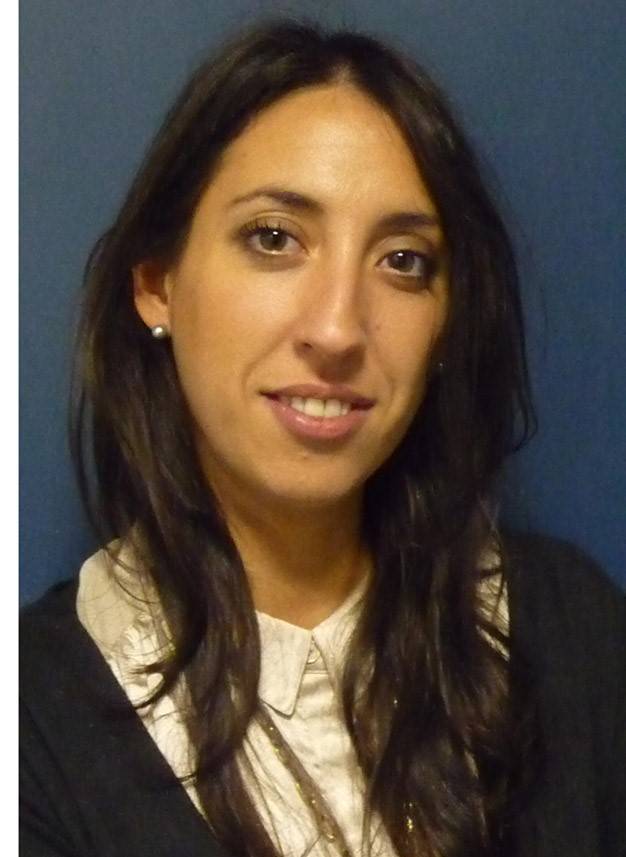 Speaker: Annalisa Cappella | Post-doc researcher, LABANOF (Laboratorio di Antropologia e Odontologia Forense), Department of Biomedical Science for Health, University of Milan (Italy)
Speaker: Annalisa Cappella | Post-doc researcher, LABANOF (Laboratorio di Antropologia e Odontologia Forense), Department of Biomedical Science for Health, University of Milan (Italy)
Visiting Scholar, Fulbright-Schuman Program, Texas State University
Date and Time: Friday, March 3, 2017 | 3:00 pm
Location: Evans Liberal Arts 225Hundreds of thousands of victims from Africa and the Middle East are fleeing war and violation of human rights via the Mediterranean Sea. Recently, the increase of this migratory flow has caused a humanitarian tragedy with global implications, resulting often in an “epidemic” of deaths. Many of the bodies recovered are unidentified, and so far no proper actions have been taken in Europe on a large scale for dealing with this issue, except for an initial, isolated attempt in Italy. In the past few years, the Italian Government’s Office of the Commissioner for Missing Persons together with the University of Milan, specifically with LABANOF (Laboratorio di Antropologia e Odontologia Forense), started a pilot project focused on the identification of a large number of victims who died in three recent, major shipwrecks which occurred in the Mediterranean Sea.
The activities performed in this Italian experience represented an important precedent and effort in Europe, demonstrating it to be a significant step towards a potential standard for the management of future similar emergencies. It also highlighted the complexity of the problem from a logistic, administrative, technical and legal point of view. The OpID project carried out by FACTS at Texas State University represents a US model with which to compare the Italian project: sharing such experiences may be useful for developing solutions that should be adopted also in other European Countries with the intent to achieve higher percentages of success in the personal identification of dead migrants.
-
Andrew Richardson | On the Edge of Rome: a late Iron Age and Roman Centre of Power on Britain's Channel Coast
 Speaker: Andrew Richardson | Outreach and Archives Manager, Canterbury Archaeological Trust
Speaker: Andrew Richardson | Outreach and Archives Manager, Canterbury Archaeological Trust
Date and Time: Thursday, April 13, 2017 | 3:00 pm
Location: Evans Liberal Arts 114This lecture will outline discoveries made since the 1920's at East Wear Bay, Folkestone, England. The site, which is situated on the cliff top overlooking the English Channel, with the coast of France easily visible on clear days, has produced evidence of a remarkable prehistoric and Roman settlement. Whilst human activity at the site may date back as far as the Upper Palaeolithic, over 10,000 years ago, the height of activity seems to have been around 2,000 years ago, in the decades between Julius Caesar's conquest of Gaul (modern France and Belgium) and the Roman invasion of Britain under the Emperor Claudius in AD 43. During this time, East Wear Bay appears to have become one of the key points of contact between late Iron Age Britain and the Roman world. Today, an annual training excavation, the East Wear Bay Archaeological Field School, takes place every summer, with students from Texas State attending in 2015-16. This internationally important site is threatened by coastal erosion, and the talk will outline work to date and future plans to excavate the threatened areas before they are lost to the sea.
-
-
2016 Schedule
-
Marek Jasinski | Memories of Wars and Wars on Memories: Cultural Heritage of Exclusion and Extermination
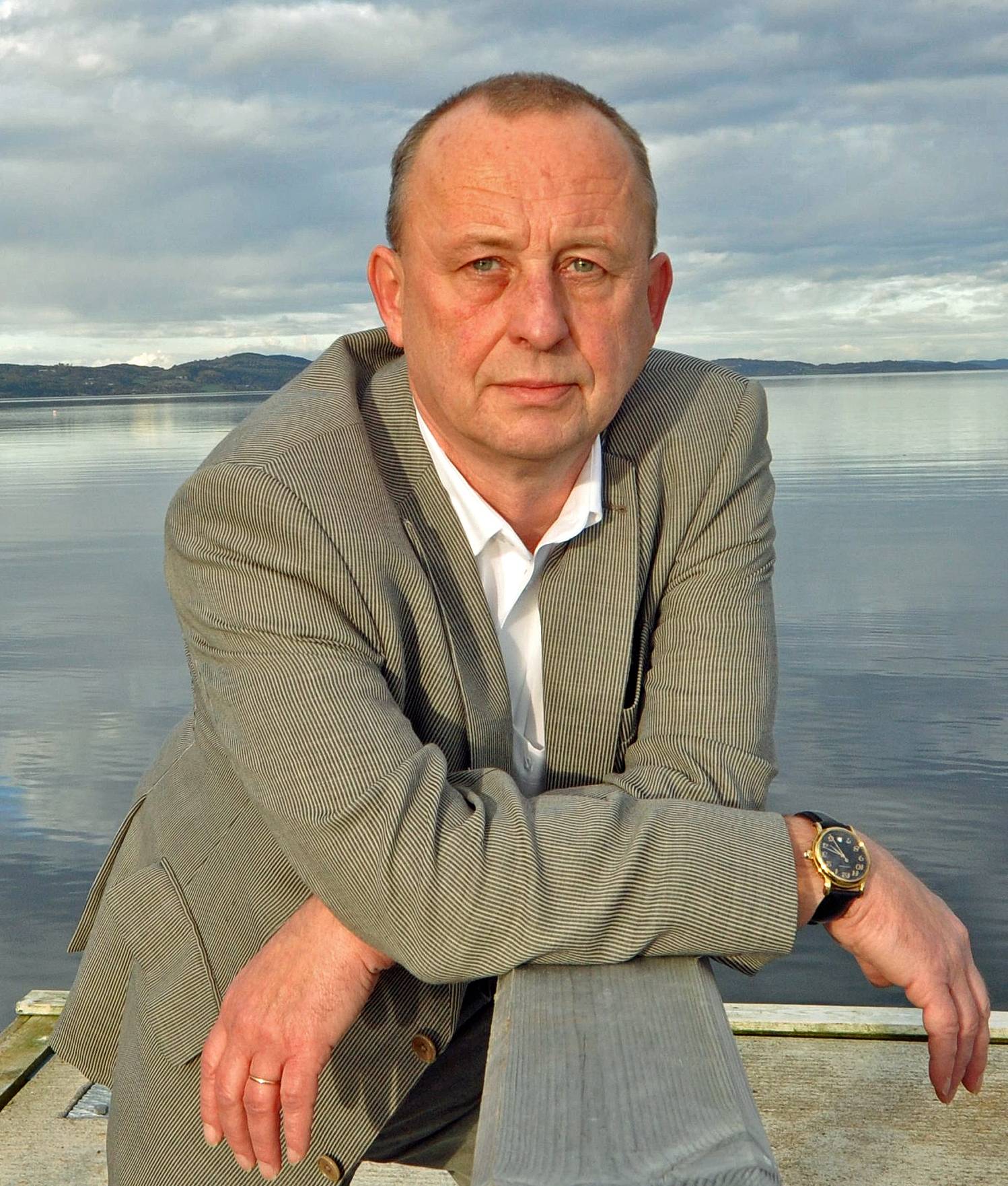 Speaker: Marek Jasinski | Professor, NTNU Norwegian University of Science and Technology, Department of Historical Studies
Speaker: Marek Jasinski | Professor, NTNU Norwegian University of Science and Technology, Department of Historical Studies
Date and Time: Friday, October 14, 2016 | 3:00 pm
Location: Evans Liberal Arts 114This presentation will explore a few research projects addressing Painful Heritage of modern times conflicts – WWII, Civil War in Poland, and the present waves of migrations to Europe and USA. According to Harold Pinter “The past is what you remember, imagine you remember, convince yourself you remember, or pretend to remember”. James Young states that “Social memory is never pure – it always has an agenda”. According to Noam Chomsky one of the most important mechanisms in creating social/collective memory is “Manufacturing of Consent”, i.e. “History Engineering”. Dynamic interactions between past events and social memory are particularly significant regarding memories of painful and shameful events like wars, genocide, and mass killings. Such research often requires an interdisciplinary approach that includes archaeology of contemporary past, biological anthropology, genetics, and history. Results of interdisciplinary research on this topic often challenge existing hegemonic narratives and politics of memory in addressing painful past or present.
-
John Kappelman | When Lucy Came Down from The Trees
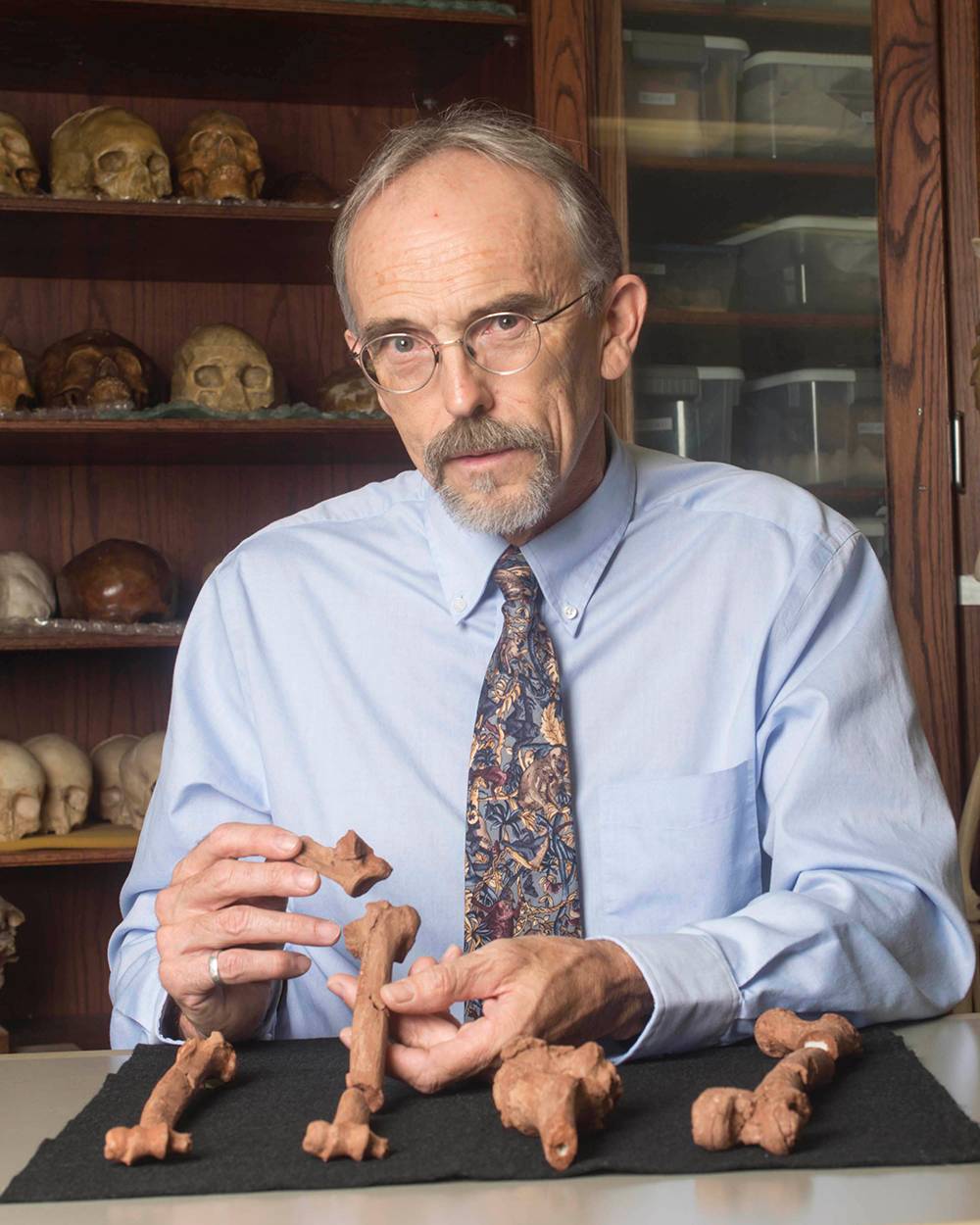 Speaker: John Kappelman | Professor, Department of Anthropology, University of Texas
Speaker: John Kappelman | Professor, Department of Anthropology, University of Texas
Date and Time: Friday, November 11, 2016 | 3:00 pm
Location: Evans Liberal Arts 114The Pliocene fossil “Lucy” was discovered in the Afar region of Ethiopia in 1974 and is among the oldest and most complete fossil hominin skeletons. Although her skeleton is marked by typical postmortem damage, there is a subset of perimortem breaks that appear to document high-energy bone-to-bone compressive fractures at several of the major joints. We propose that the most likely cause of these fractures, and of her death, was a “vertical deceleration event,” or impact following a fall from considerable height. Lucy has been at the center of a vigorous debate about the role, if any, that arboreal locomotion played in early human evolution. It is therefore ironic that her death can likely be attributed to injuries resulting from a fall, probably out of a tall tree, thus offering unusual evidence for the presence of arborealism in this species.
-
Lisa Henry & Doug Henry | Make your Passion your Career: A Discussion of Various Applied Medical Anthropology Projects
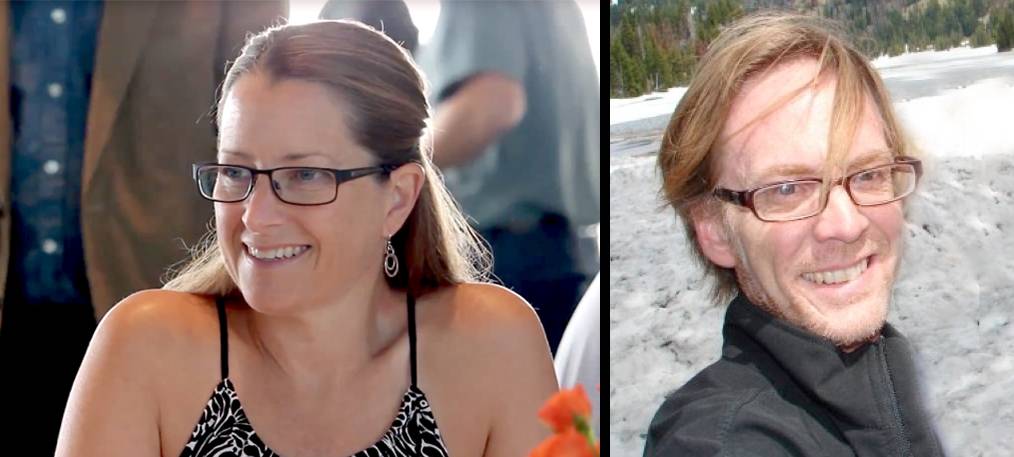 Speakers: Lisa Henry | Chair and Professor, Department of Anthropology, University of North Texas &
Speakers: Lisa Henry | Chair and Professor, Department of Anthropology, University of North Texas &
Doug Henry | Associate Professor and Director of Graduate Programs, University of North Texas
Date and Time: Friday, February 3, 2016 | 3:00 pm
Location: Evans Liberal Arts 114From the South Pacific to rural Texas, and from North Texas to West Africa, we discuss two careers in Applied Medical Anthropology. We focus on various projects, got through various combinations of gumption, serendipity, hard work, and occasionally naiveté. Ours is a “big tent” definition of applied anthropology, running the gamut of “traditional” cultural anthropology on applied topics, to client-based consulting, to community-driven empowerment. We have worked with traditional healers, the United Nations, rural “PA’s,” paramedics, patients with disordered sleep, Hunger Coalitions, HIV providers, refugees, County Health Departments, the World Health Organization, and Emergency Medical Systems. The common thread has been to use the methods and analytical frames of Medical Anthropology to analyze what happens when things don’t go as expected, improve things, and to make life better for those around us.
-
